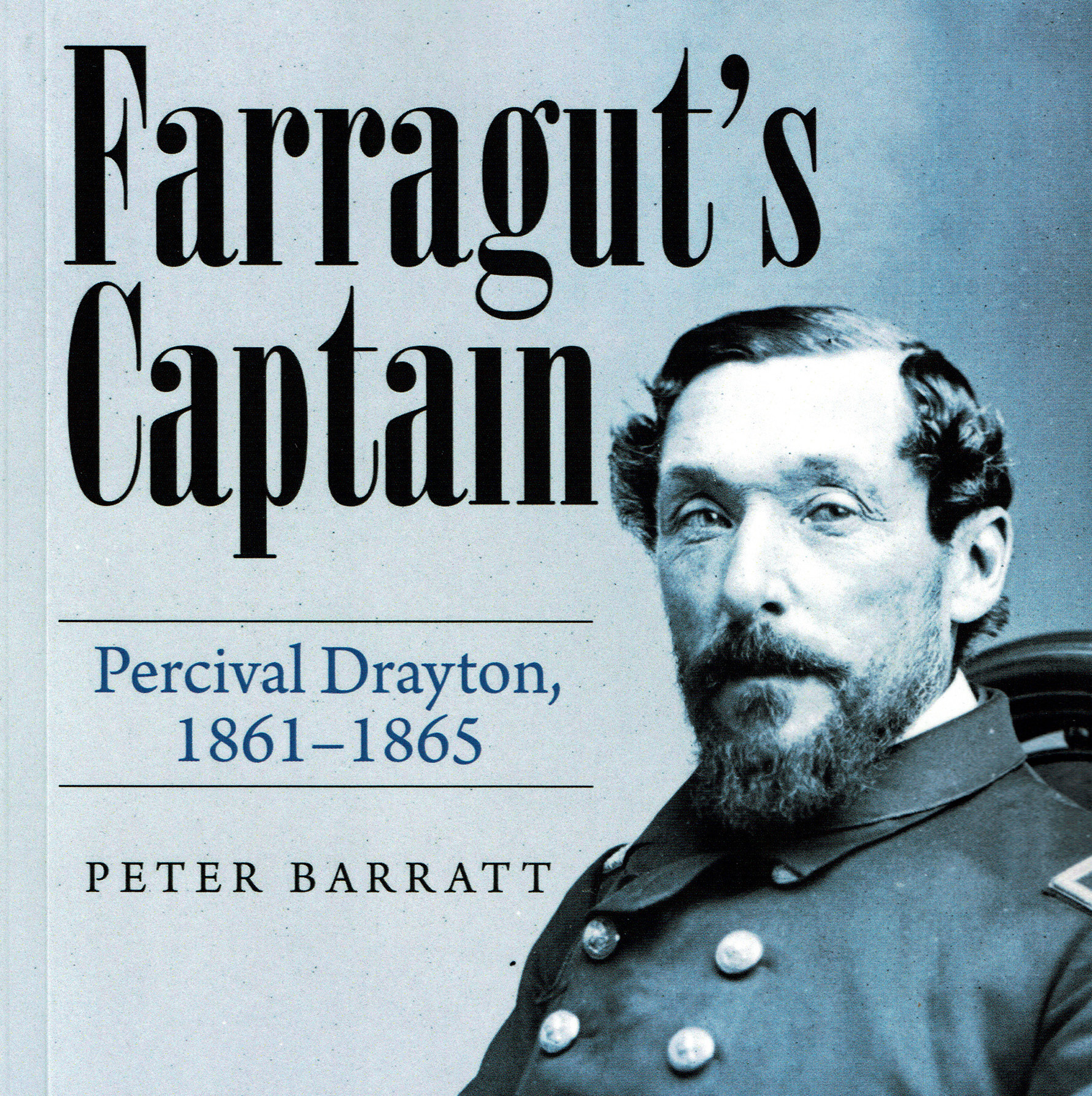
First, Hamersly or Callahan usually give information concerning the officer's early service, such as the date he became a midshipman and the succession of commands that he held. If the veteran is an officer, there are several different sources in which to look for information on his service. The absence of a veteran's name from the latter index usually means that the veteran was not an officer. 1 Either of these sources will reveal the veteran's rank if he is listed. If the researcher does not already know if the veteran was an officer or enlisted man, consult Lewis R. Records for Civil War Union and Spanish-American War personnel are easy to use. It is also possible to find information related to a veteran's service in the various pension indexes (described later in the article). For the navy, rendezvous reports, keys to enlistments, and muster rolls document a veteran's service. Before 1885 there are no naval service records that correspond to army compiled military service records. These documents give information such as dates of service and vessel of duty. The former document volunteer military service, and the latter document compensation due a veteran or widow for disability, age, or loss. The personnel records include military service records and pension records. These records commonly contain information that is otherwise unobtainable in federal records.


United States Navy personnel records for the period 1861–1924 are one of the best secrets in genealogical research. Civil War and Later Navy Personnel Records at the National Archives, 1861-1924


 0 kommentar(er)
0 kommentar(er)
